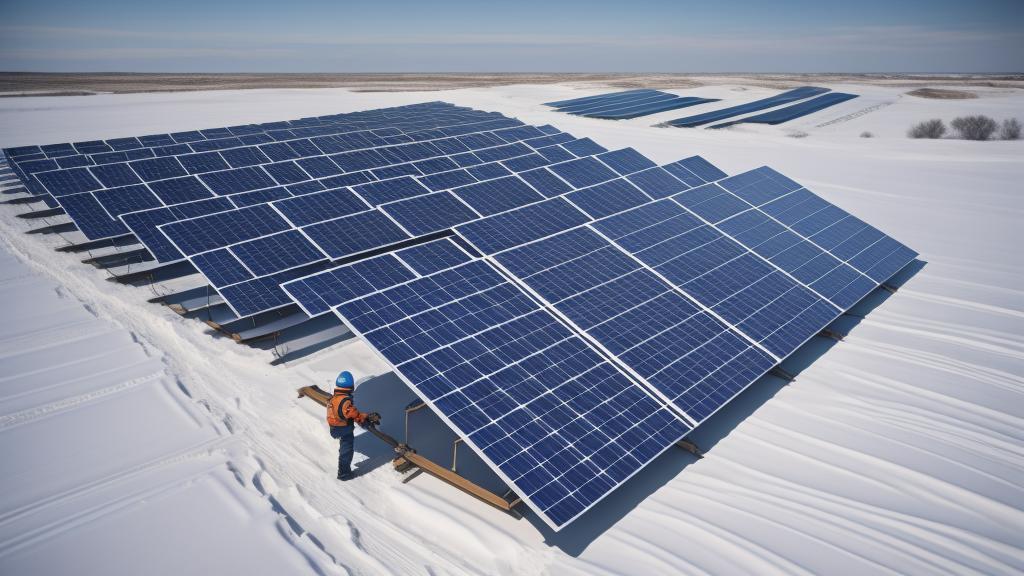In recent years, solar power has been on the rise, not just as an alternative energy source but as a key player in creating a sustainable future. As more homeowners and businesses pivot towards greener technologies, one question constantly surfaces: how do you balance cost and efficiency when installing solar panels?
The central concern for most prospective solar panel users is to ensure that the installation yields maximum energy output without breaking the bank. This conundrum is akin to finding the golden mean—a point of optimal balance between what is financially viable and what is technologically efficient.
**Understanding Solar Panel Efficiency**
The efficiency of a solar panel is defined by how well it converts sunlight into electricity. The more efficient the solar panels, the less space you need to install them on your rooftop or property to meet your energy needs. However, high efficiency often correlates with higher costs, owing to the advanced technology and materials used.
Photovoltaics technologies, like monocrystalline and polycrystalline panels, introduce different efficiency levels. Monocrystalline panels are typically more efficient because they are made from pure silicon crystals, which allow electrons to move more freely and generate electricity more effectively. Polycrystalline panels, while less efficient, are generally cheaper and offer a decent trade-off for those on a tighter budget.
**Choosing the Right Installations**
Your choice of installation depends significantly on your specific energy requirements and the physical constraints of your property, as well as how much sunshine your area receives throughout the year. Ground-mounted systems, for example, offer flexibility in orientation and space usage, but are often more expensive due to the additional infrastructure required.
Roof panels might be more suitable for urban settings or homes with limited outdoor space but come with their own set of challenges, including roof integrity assessments and angle orientations to maximize sunlight capture.
**The Role of Inverters and Batteries**
At the core of solar efficiency is the role of inverters and storage batteries. Inverters convert the direct current (DC) generated by the panels into an alternating current (AC), which can be used by your household devices. Choosing a robust inverter system is key to ensuring minimal energy loss, significantly impacting the overall system efficiency.
Battery storage systems hold their importance as they allow you to store surplus energy generated during sunny days for use during cloudy periods or at night. While they add to the initial investment cost, the autonomy they afford can result in substantial savings and grid independence over time.
**Financial Incentives and Rebates**
To truly understand the cost efficiency of solar installations, it's vital to factor in government incentives and subsidies. In many countries, governments have put in place attractive rebates and tax credits, which can significantly reduce your initial installation costs. Understanding these financial tools and calculating properly can drastically improve the positive financial implications of solar adoption.
Innovative financing models, like leasing options and power purchase agreements (PPAs), have democratized access to solar power. These models allow homeowners to install solar systems without any upfront cost and pay for the generated electricity as they use it or lease the equipment back to the installer.
**Embracing Smart Technologies**
Integrating smart technology can further optimize balance in cost and efficiency. Smart meters and energy management systems provide real-time data on energy consumption and generation, allowing users to make informed decisions on energy usage. This transparency leads to a more controlled and cost-effective energy strategy.
Experts also suggest that regularly cleaning and maintaining your solar panels can improve efficiency by up to 20%. Small investments in regular maintenance ensure that your technology operates optimally, thereby saving on potential repair costs down the line.
**Conclusion: Crafting the Perfect Solar Setup**
As solar technology continues to evolve, the barriers between high cost and high efficiency are slowly dissolving. The trend is moving towards integrated, smarter systems that offer perfect blends of performance and price.
Ultimately, each solar panel project is unique. It’s about understanding your needs, conducting thorough research, and aligning your expectations with reality. With the right preparation and approach, finding that sweet spot between cost and efficiency is not only possible but will propel your contribution towards a greener, more sustainable future.
Finding the sweet spot: balancing efficiency and cost in solar panel installations

